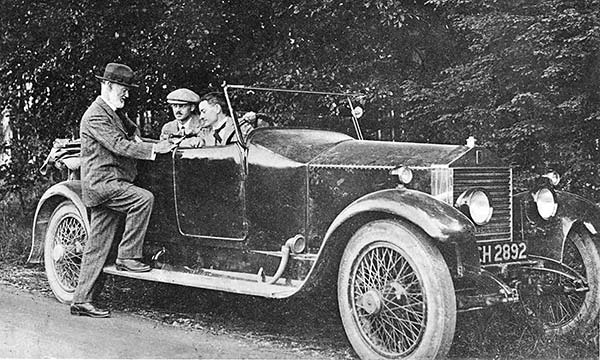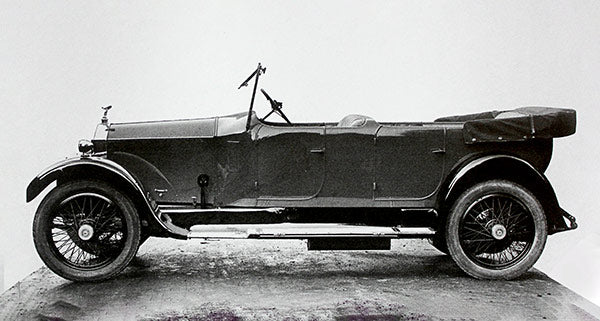
Rolls-Royce Twenty turns 100
By Wayne Batty
Most car manufacturers with more than just a few decades of history behind them can point to a single vehicle that saved their bacon when times were hard. For Rolls-Royce, that car is the Twenty, the car that left a permanent mark on the marque.
The ‘Great War’ had just ended, military activities at the Rolls-Royce factory were quickly wound down and the maker of ‘the best car in the world’ needed to redefine exactly what that meant in a vastly different post-war world. While production of the Silver Ghost (40/50 H.P.) would continue for more financially insulated customers, it quickly became clear that a new model with revised design parameters would be required. Smaller and less costly, obviously; designed to be driven by its owner, absolutely; yet still as excellent as every Rolls-Royce that had come before.
It took a few years for this new vision to become reality, but on 6 October 1922, Rolls-Royce unveiled the 20 H.P. Its engine, a 3.1-litre straight six with detachable cylinder head and overhead valves – would provide the template for Rolls-Royce engines late into the 1950s.

Above: 1922 Pre-production Rolls-Royce 20 H.P. captured in 1922 with Sir Henry Royce (standing), engine designer C. Jenner in the rear and senior engine designer A. Elliot at the wheel. Image source: The Rolls-Royce Enthusiasts’ Club
Despite possessing an engine with a little more than 40 percent of its older sibling’s capacity, the 20 H.P., better known as the ‘Twenty’ proved to be a great success. Being much lighter, more nimble, with better braking and improved steering, the Twenty garnered praise from all corners.

Above: Park Ward open tourer includes the light, open coachwork that Sir Henry Royce had intended for the ‘Twenty’. Image source: The Rolls-Royce Enthusiasts’ Club
According to Rolls-Royce, when production of the 20 H.P. ended in 1929, a grand total of 2,940 had been manufactured – very good going for a luxury brand in a post-war climate. It was replaced in the line-up by the 20/25 H.P. but its legacy of instituting Rolls-Royce’s two-model policy lived on for decades. It’s the spiritual ancestor, progenitor even, of today’s Ghost, the owner-driver alternative to the chauffeur-friendly Phantom.

Above: Popular close-coupled landaulette by Park Ward featured a rear roof section that could be lowered to give the occupants open-air motoring. Image source: The Rolls-Royce Enthusiasts’ Club
Do you own, or have you ever owned one of these 1920s legends? We’d love to hear your experiences.
By Wayne Batty

Comments
Leave a comment